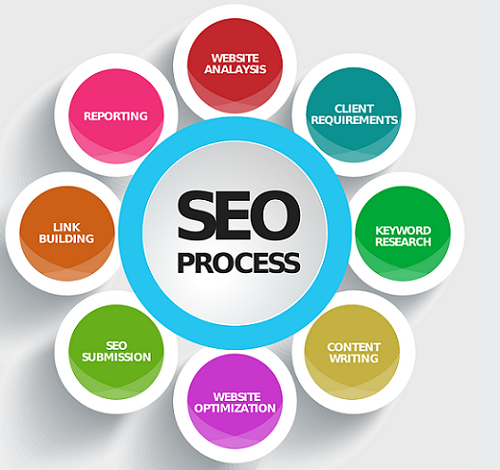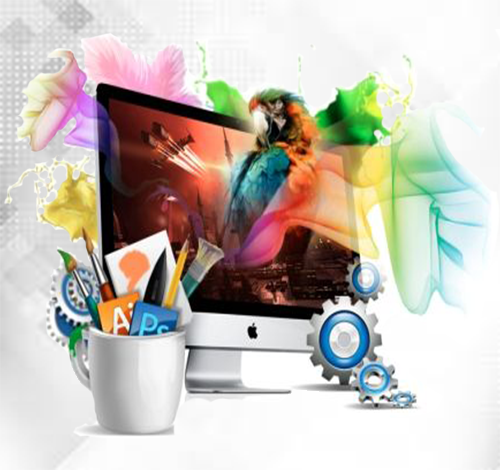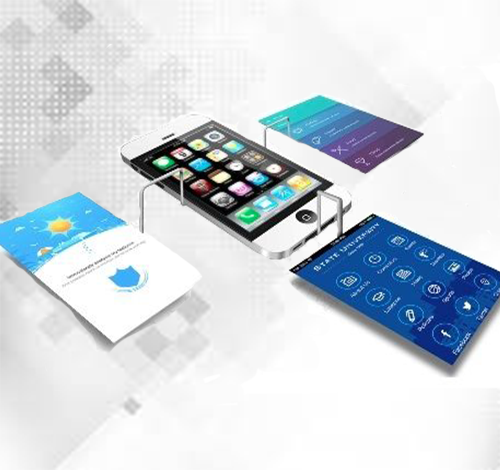
Nara coding Labs is a digital agency based in India.We professionals specialized in Design Work (2d&3d),
Animation and Graphic Design.
Nara Coding team has the skills to offer you great graphic design or Animation solutions that will impact your business/brand/event in a positive way. We have developed an internal process that guarantees we’re going to Web design Toronto and Ecommerce Website Design Calgary what you need with the highest standards for a graphic design project.
Here are some of the services we offer:
Animation: Script Writing, Storyboard, Design of Graphics and Characters, Animation, Setting everything to the Voice Over and/or Music.
Graphic Design: Logos and Brand Identity, Posters, Business Cards, Social Media related Graphics, etc.
Expertise:
- Cartoon Story Telling videos.
- 2D Animation Explainer 2D Videos.
- Whiteboard Doodle Videos-Illustration.
- Video graphics Motion Graphics.
PORTFOLIO








